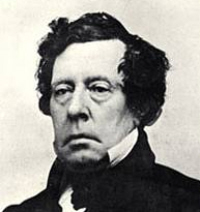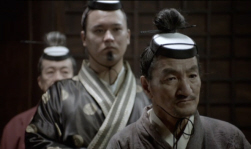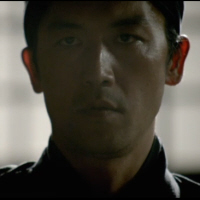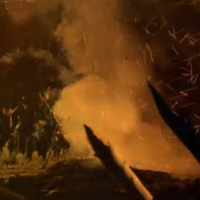Modern Japan
Japan had deliberately cut herself off from the rest of the world for more than 200 years, uninterested in the industrial West. When Japan closed her doors, the United States didn’t even exist. So when in 1853, the American Navy turned up under Commodore Matthew Perry, it all came as a bit of a surprise.
The Japanese had never seen anything like the American steamships. Some thought they were “giant dragons, puffing smoke”. Commodore Matthew Perry handed over a letter from the US president insisting that Japan open her doors. In effect, free trade or we shoot.

Remembering what had happened to the Chinese at the hands of the British, Japan’s rulers gave way to the Americans.
Realising they needed to strengthen Japan against any further Western threats, the Japanese government rushed to modernise and industrialise.
Their slogan was, “catch up, overtake”. They invited thousands of Westerners to teach and give advice. They built railroads, telegraph lines and factories. Out went kimonos, in came business suits and top hats.
But one class of society was devastated by the arrival of the Industrial Revolution.
The samurai.

For hundreds of years, this hereditary warrior class had dominated Japanese society. They had special privileges - the only people allowed to fight, the only men aloud to carry their two swords in public, they were exempt from taxation. But Japan had been at peace for more than 200 years. It was 1870. Who needed mediaeval warriors any more?
And so, piece by piece their privileges were stripped away - their right to carry swords went, their income was taxed, and the Army was opened up to conscripts - peasants!
By 1876, the samurai class faced abolition. Some decided to fight back- and turned into one of the country’s leading samurai, Saigo Takamori. Saigo was an unlikely rebel.

To start with, he backed the reforms, including the modernisation of the Army. This was a man torn between his deep samurai ideals and his country’s need to modernise. And it was only when his back was against the wall that Saigo decided to fight for the past against the future.
A poet and a dreamer, as well as a politician, Saigo led a rebel army of 30,000 samurai to overthrow the modernisers in Tokyo. And so, older Japan took on new Japan. Saigo’s rebel army was composed of traditional samurai warriors. The government’s was a modern conscript army with the latest rifles and artillery supplied by steamships and railways. This was only ever going to end one way. After seven months, Saigo’s thousands were reduced to just a few hundred warriors. And now they were surrounded. 60 to 1.
Saigo told his warriors to face death with honour. This was a tragic moment in Japanese history, tearing the nation apart. The soldiers waiting to attack Saigo’s samurai hated what they were about to do.

Within two hours, the Japanese army had reduced Saigo’s force to just 40 samurai.
At dawn, armed only with their swords, the last Samurai walked out to face certain death. Halfway down the hill, Saigo was shot in the right hip. Badly injured, Saigo died after a botched act of ritual samurai suicide.
Japan forged ahead with its programme of modernisation.. becoming known as “the workshop of Asia”. No country modernised as fast and successfully as Japan. In 1905, their new Navy would astonish the world by sending the Russian high fleet to the bottom of the sea - the first time that an Eastern country had defeated a Western nation since the Middle Ages. And yet Japan could never quite shake Saigo off.
After his death, he was pardoned and became a national hero. A tragic symbol of the old Japan, of honour and self-sacrifice. The samurai soul that was still there below the western uniforms and the business suits.
Japan had saved herself from becoming a victim of the new age of industry and empire.
Other parts of the world wouldn’t be so lucky.
